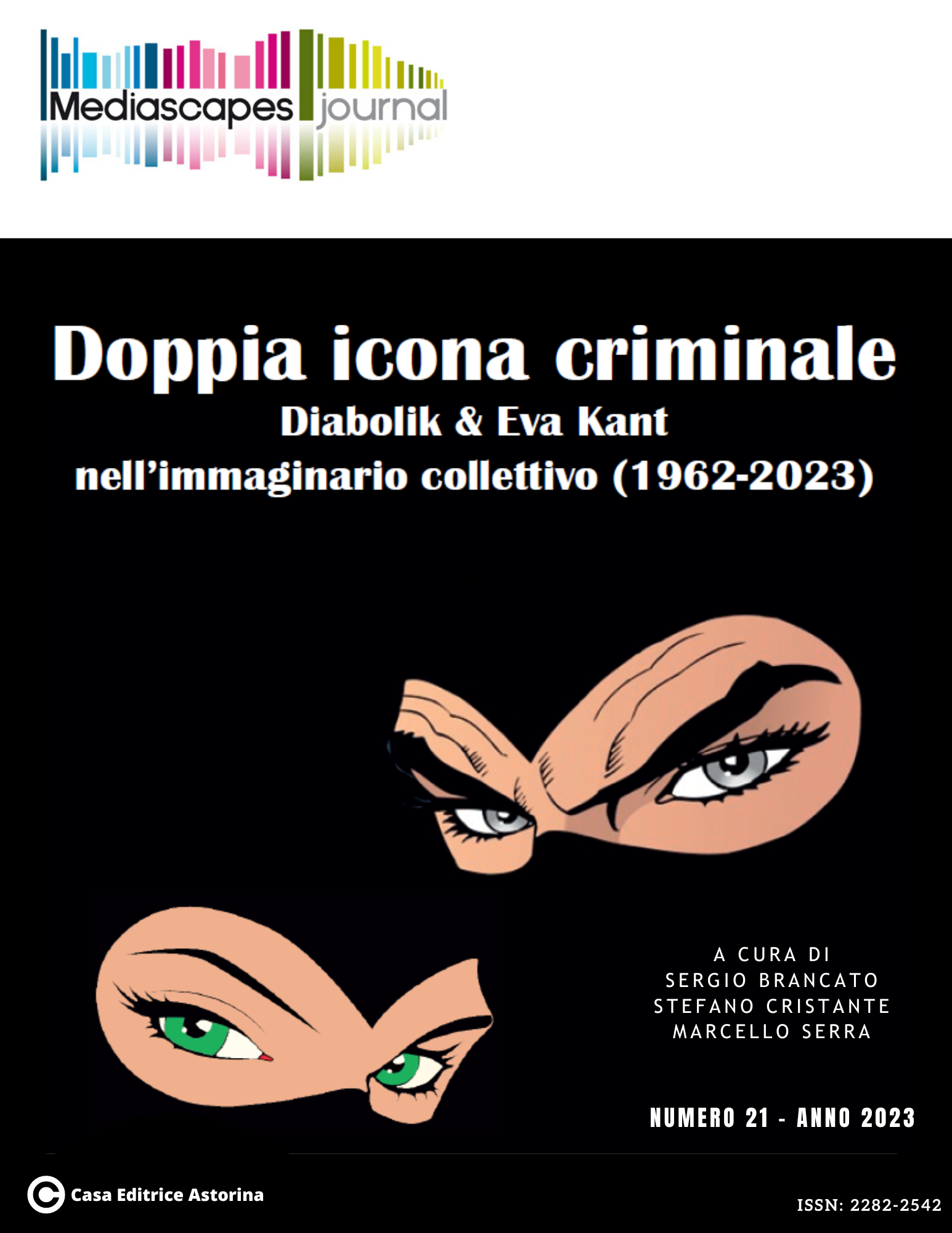La trasposizione videoludica del fumetto di Diabolik ed Eva Kant fra tradizione e innovazione narrativa
Keywords:
videogames, fumetti, transmedia storytelling, narratologiaAbstract
Facilitated by digital technologies (Jenkins, 2014), the video game industry has seen an increasing expansion and convergence between different media. This process has allowed for the adaptation of comics such as Diabolik and Eva Kant into video games, films and television series. The serial form of Diabolik, in its Simulmondo series (1992-1993) in particular, offers an opportunity to study narrative dynamics in the transition between media. The theories of translation and transposition by Lefevere (1992) and of video game narratology by Juul (2005) are useful in this context. The Diabolik games rival Triple-A titles in terms of “scenario” structure and antihero philosophy (Bostic, 2006; Spicer, 2011), sometimes surpassing them in addressing political and social issues (Brancato, 2009). Our analysis will focus on the relationship between the comics and the videogame, exploring the challenges and opportunities of transposition, thus shedding light on the adaptation of an icon such as Diabolik in the videogame context.
Downloads
Published
How to Cite
Issue
Section
License

This work is licensed under a Creative Commons Attribution 4.0 International License.
Mediascapes Journal is published under a Creative Commons Attribution Licence 4.0.
With the licence CC-BY, authors retain the copyright, allowing anyone to download, reuse, re-print, modify, distribute and/or copy their contribution. The work must be properly attributed to its author. It should be also mentioned that the work has been first published by the journal Anuac.
Having published these contributions for the first time, Mediascapes Journal will have the right to publish them integrally or partially as reprints or possibly as part of a thematic issue, in both digital and printed format.
It is not necessary to ask further permissions both to author or the journal.


